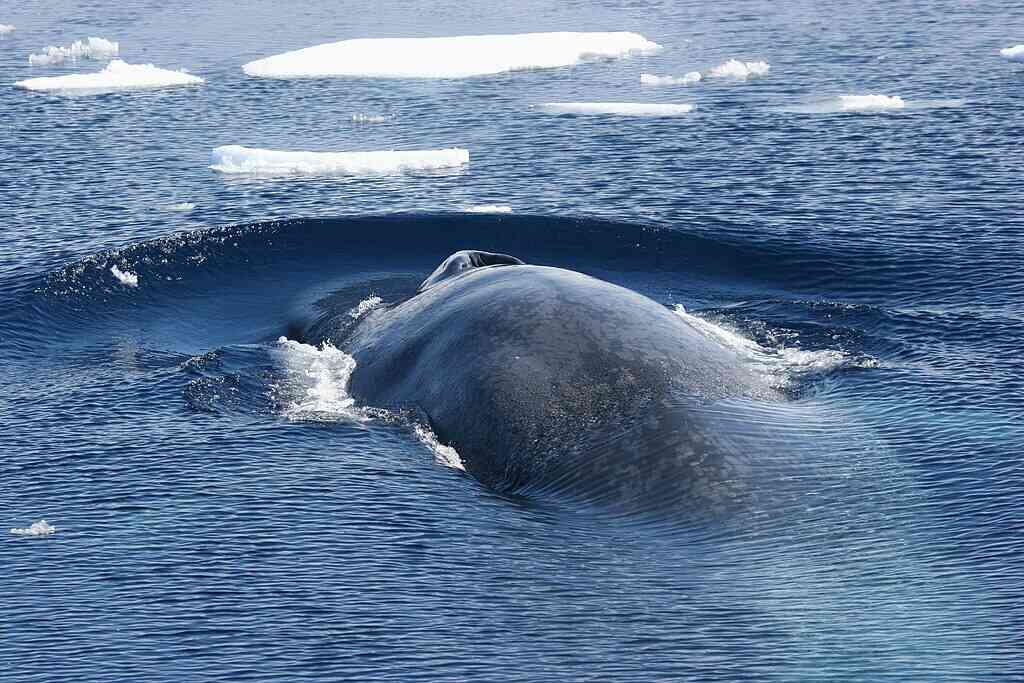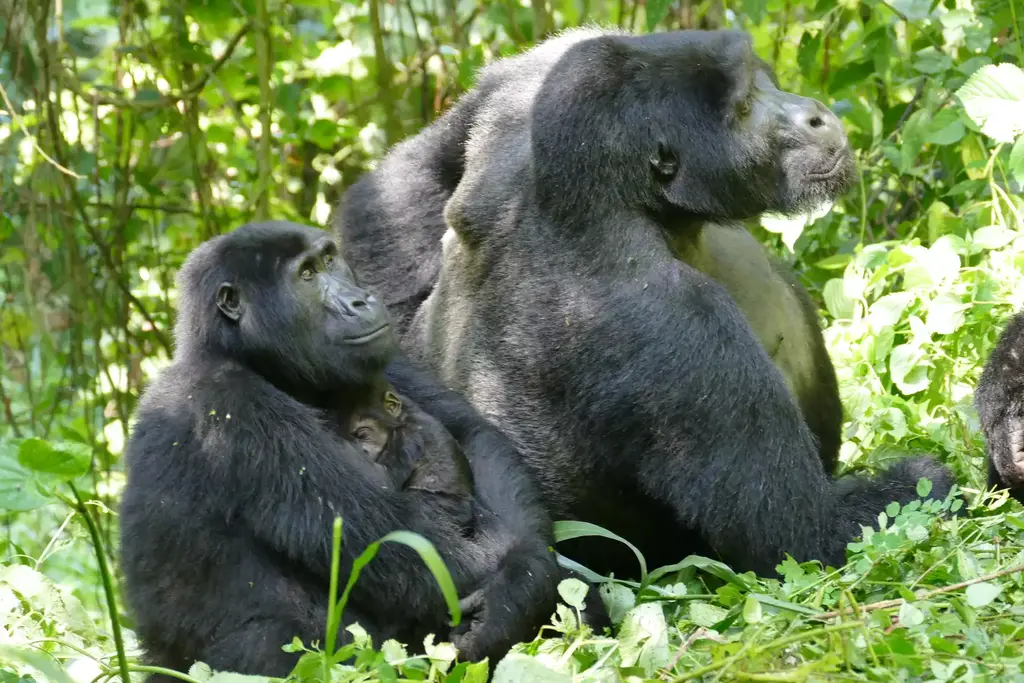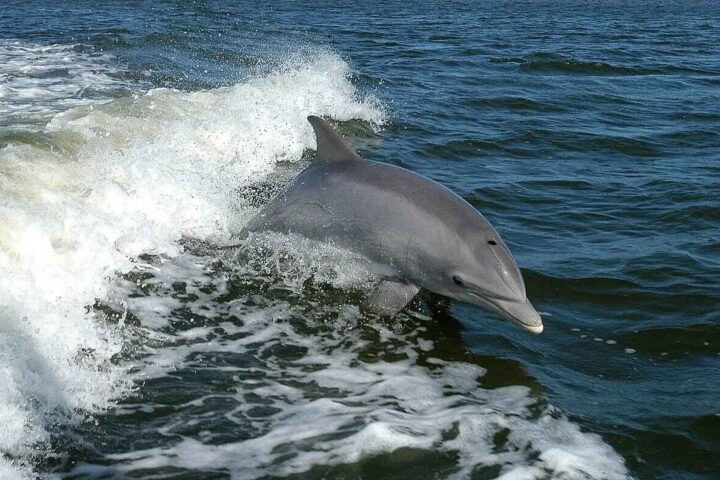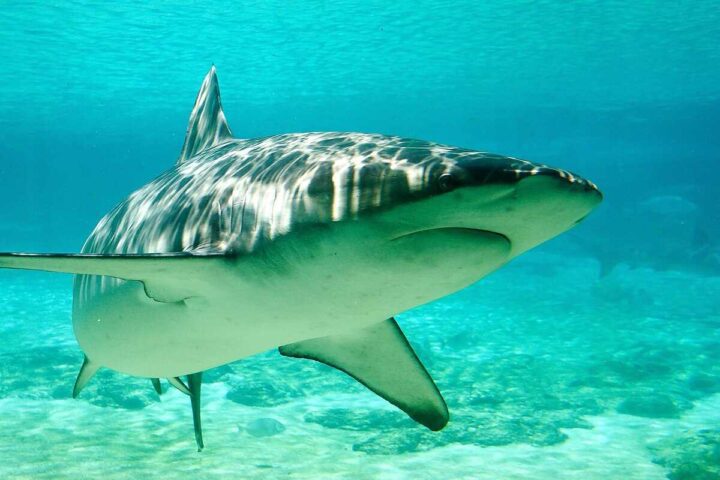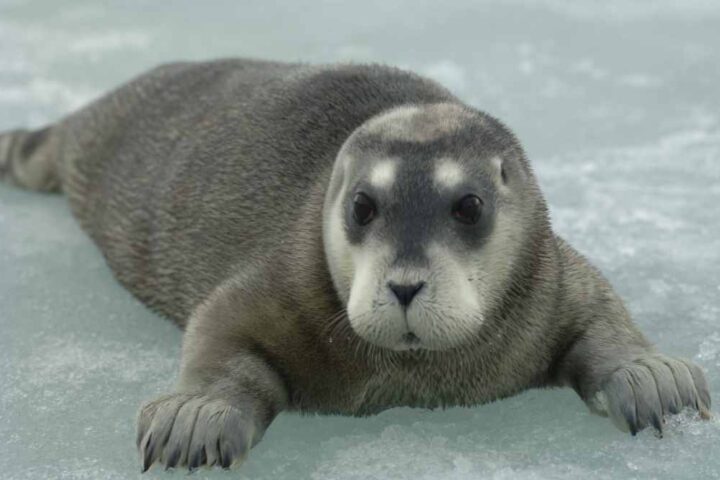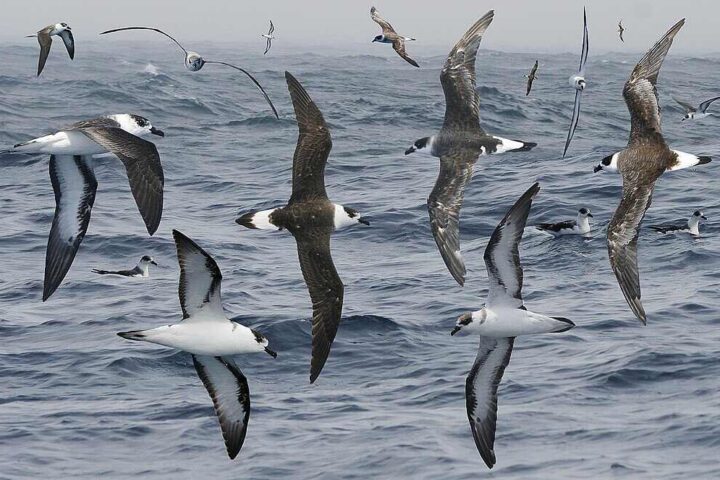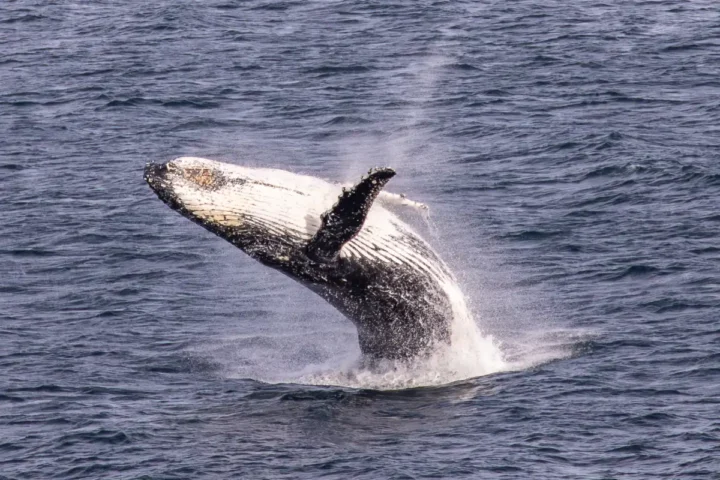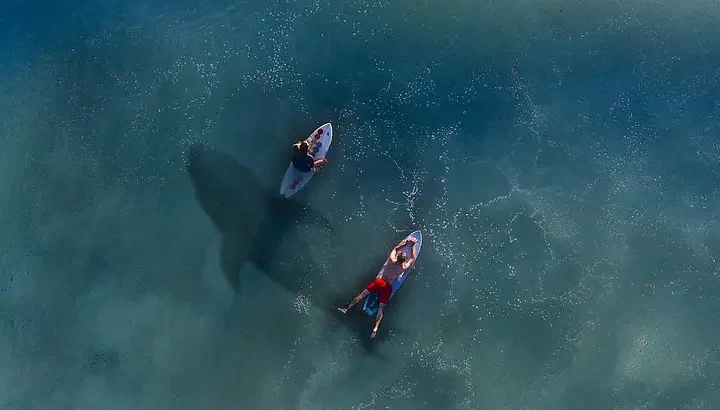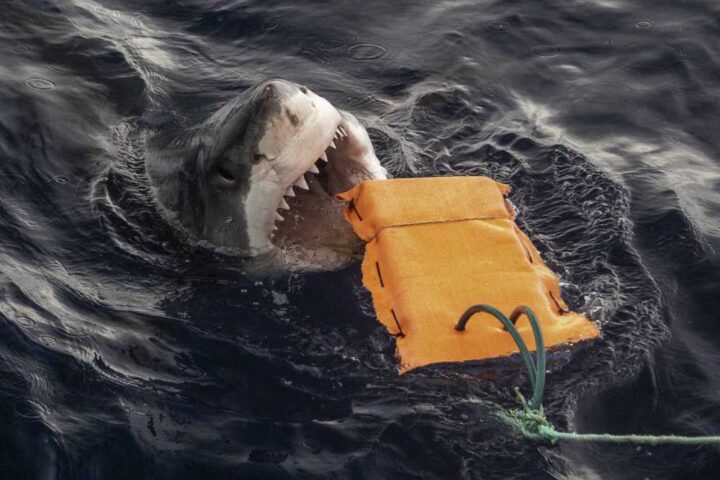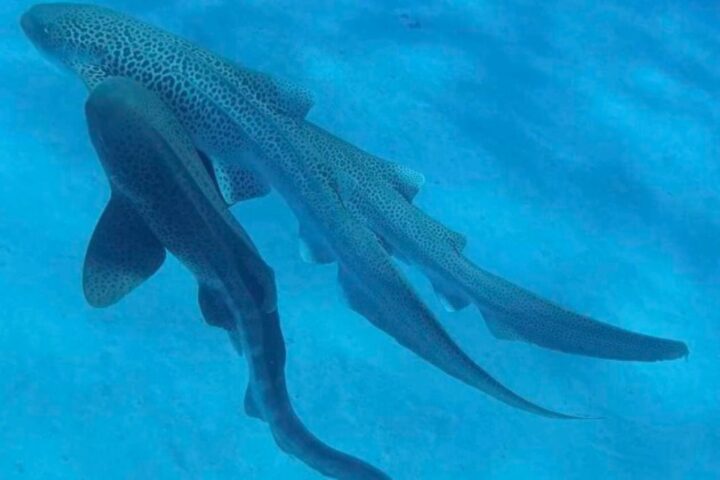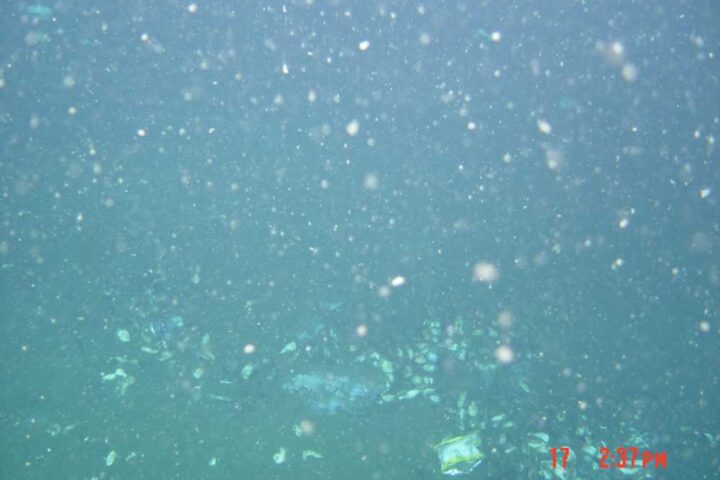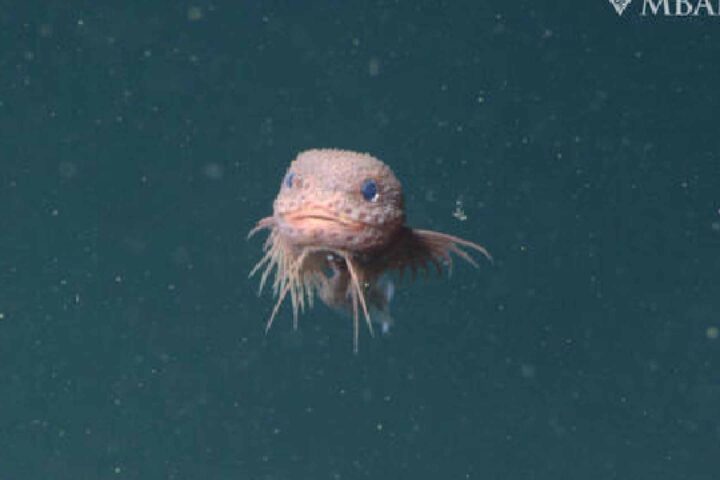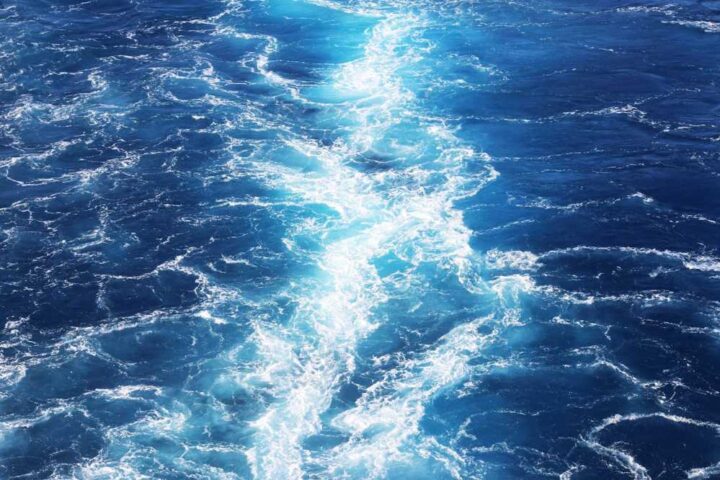Blue whales, the largest animals on Earth, are growing quieter off California’s coast. Scientists studying this unusual silence have found links to climate change and food shortages that may spell trouble for these endangered giants.
A six-year study by the Monterey Bay Aquarium Research Institute (MBARI) revealed blue whale songs dropped by nearly 40% between 2015 and 2021. Researchers tracked the songs of three whale species – blue, fin, and humpback – using underwater microphones called hydrophones placed half a mile below the ocean surface near Monterey Bay.
The quieter period began during a massive marine heatwave nicknamed “The Blob.” Starting in 2013, this unusually warm water eventually stretched across 2,000 miles of the Pacific Ocean by 2016. The heatwave triggered toxic algal blooms that poisoned marine mammals and devastated the food chain.
“These were hard times for whales,” said John Ryan, a biological oceanographer at MBARI who led the study. The warmer waters nearly wiped out krill, the tiny shrimp-like creatures that form the foundation of the marine food web and make up blue whales’ primary diet.
The research showed a clear pattern: blue whale songs peaked when krill was abundant in the third year of the study, then dropped significantly when krill populations crashed again in the fifth year. Unlike humpback whales, which can eat various fish and adapt their diet, blue whales rely almost exclusively on krill.
When krill becomes scarce, blue whales must spend more energy searching for food across larger areas, leaving less time and energy for singing. Ryan compared it to “trying to sing while you’re starving” – the whales were using all their energy just to find enough food to survive.
Similar Posts
Humpback whales showed a different trend. Their songs steadily increased from being detected on 34% of days to 76% of days over the six-year period. This difference highlights how some species can adapt better than others to changing ocean conditions.
“Compared to humpback whales, blue whales in the eastern North Pacific may be more vulnerable due to not only a smaller population size but also a less flexible foraging strategy,” Ryan explained.
Scientists worry this silence signals broader ecosystem trouble. Kelly Benoit-Bird, a marine biologist at the Monterey Bay Aquarium and study co-author, pointed out, “There are whole ecosystem consequences of these marine heatwaves.”
The study carries extra weight because marine heatwaves like The Blob aren’t rare accidents anymore. Researchers have found that extreme marine heatwave days have roughly tripled since the 1940s, suggesting these events will become more common as climate change intensifies.
For blue whales already struggling with a small population, food shortages don’t just affect their singing – they can reduce reproduction rates too. “When there are fewer feeding opportunities, they put less effort into reproduction,” explained Dawn Barlow, an ecologist studying blue whales.
The research team used advanced technology to track these changes, including a machine learning system that could identify the complex songs of humpback whales, which can span more than nine octaves. For blue and fin whales, scientists tracked specific frequencies to detect their lower-pitched songs.
By monitoring whale songs, scientists gain a window into ocean health that would otherwise be invisible. “Where they are, and what they’re doing can tell you a lot about the health of the ecosystem,” Barlow said. “Now more than ever, it’s important to listen.”
